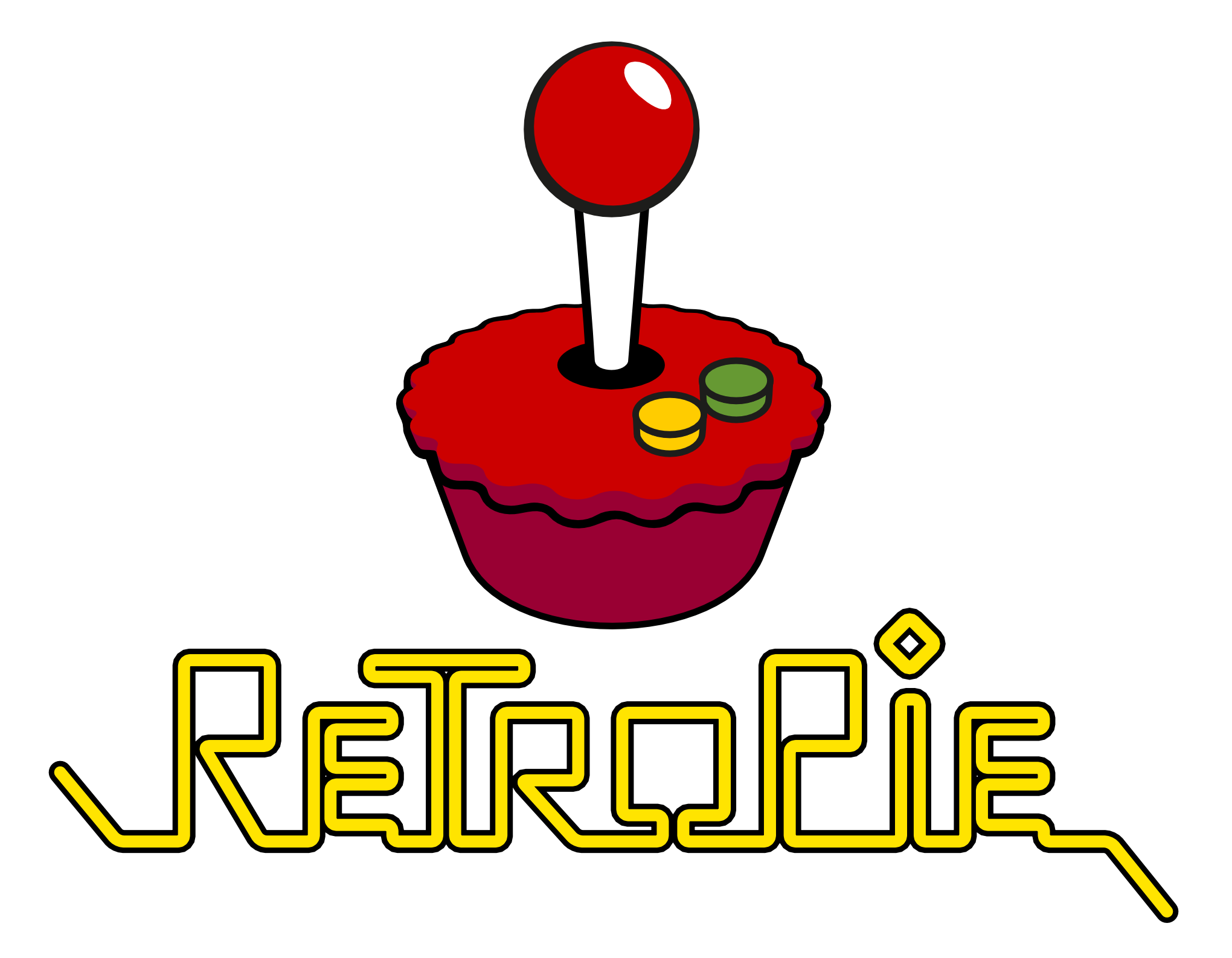Create Custom Element Property Getters and Setters with MooTools
One of the goals of the MooTools projects is to create very flexible methods by which developers may modify or extend the behavior of given classes. One example of that flexibility is the ability to customize the Element class' get and set methods for specified values.
The default behavior of the get and set methods for an object are to return/modify the given Element attribute. Take the following for example:
var alt = document.id('myImage').get('title'); //returns the image's title attribute text
The above code modifies the title attribute for the given element. Simple, of course, but then MooTools also uses the get/set methods to set and retrieve items that aren't element attributes:
var tag = document.id('myImage').get('tag'); //returns images's tag (img)
The above code retrieves the given element's tag name. How does MooTools do this? Simple: the Element.Properties object. You can set custom get and set handling by adding your desired string to the Element.Properties object. Here's an example:
Element.Properties.yourCustomGetOrSetName = {
get: function() {
//your custom programming to accomplish what should be returned...
return yourReturnValue;
},
set: function(input) {
//your custom programming to accomplish what should be set...
//don't need to return anything
},
erase: function() { //erase works too!
//programming to erase this
}
};
Here's the code MooTools uses internally to accomplish the get('tag') ability:
Element.Properties.tag = {
get: function(){
return this.tagName.toLowerCase();
}
};
So how could you use this? You could use Element.Properties to create a parent getter:
Element.Properties.parent = {
get: function() {
return this.getParent(); //returns the element's parent
}
//no need to do a setter or eraser
};
//.....
//usage
var parent = document.id('myElement').get('parent'); //returns myElement's parent element.
Pretty sweet, no? Have any other items you'd like to see in the get or set methods? Share!





I was asking yesterday on the mootools irc channel if there is a way to add a property to css properties so I can do something similar, tweening
-webkit-box-shadowand-moz-box-shadow, only using one property, like this:el.tween('box-shadow', xxx);Do you know if this is possible?
@Marcel: You can do that with Element.Styles: http://github.com/mootools/mootools-core/blob/master/Source/Element/Element.Style.js#L137
Something like this:
http://jsfiddle.net/8Ks4X/1/
How do I get just the parent id, not the parent?
@Bill: Like this:
var parent = document.id('myElement').get('parent').get('id');I know this article was from a while ago, but I’ve just discovered it and it is relevant to something I have been attempting recently.
You asked if there are any other items we would like in the properties set and my suggestion is this:
Element.Properties.children = { get: function() { return this.getChildren(); }, set: function(value) { this.adopt(value); } };which would then allow you to instantiate more complex Element hierarchies as follows:
new Element('div.background', { children: [ new Element('div.container', { children: [ new Element('div.window', { children: [ new Element('h1', { text: 'A title' }), new Element('div.content'), new Element('div.bar', { children: [ new Element('button', { text: 'OK', events: { ... }}), new Element('button', { text: 'Cancel', events: { ... }}) ]}) ]}) ]}) ]});With this you can easily see (and modify) the hierarchy instead of having to follow through all of the inject/adopt/grab calls.
Regards,
Dan